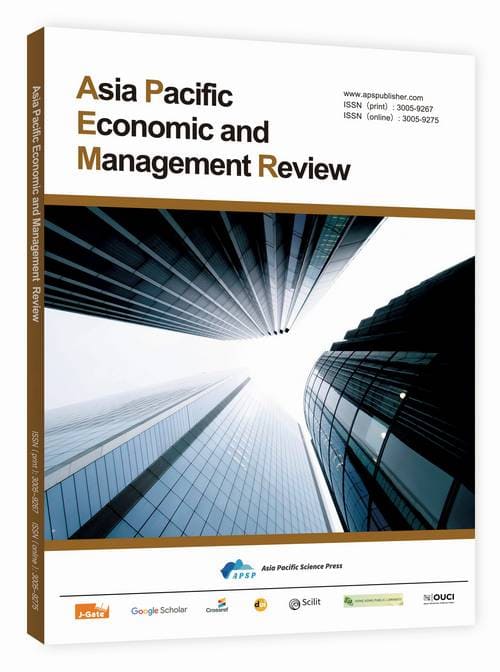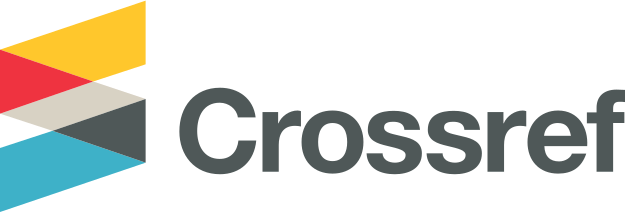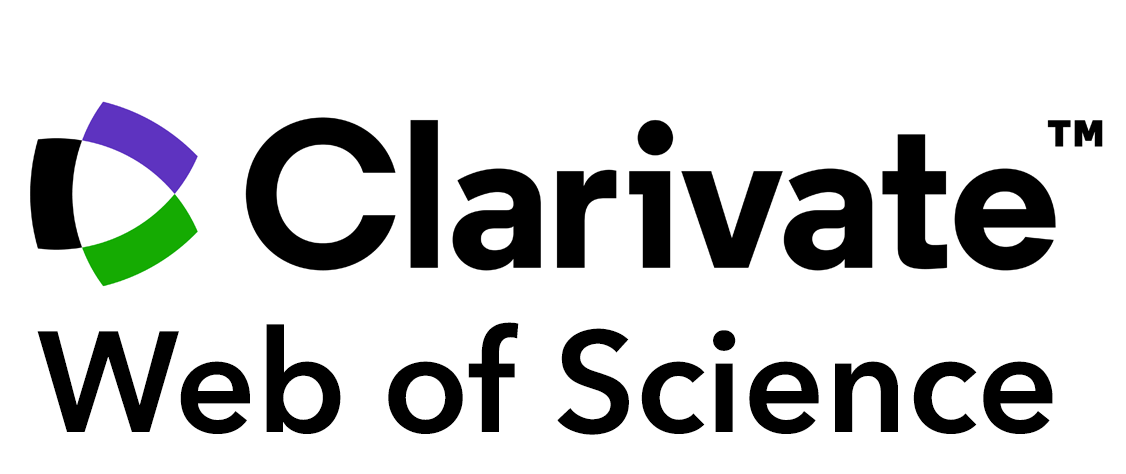The Impact of Corporate Governance and Internal Control on Accounting Information Disclosure: Evidence from the Textile Industry
DOI:
https://doi.org/10.62177/apemr.v2i5.813Keywords:
Corporate Governance, Internal Control, Accounting Information Disclosure, Information Quality, Textile Industry, Listed CompaniesAbstract
Against the backdrop of global economic transformation, the textile industry, a traditional pillar sector in many economies, faces immense pressure to upgrade. High-quality accounting information disclosure is fundamental for efficient capital allocation and investor protection. This paper investigates the joint impact of corporate governance and internal control mechanisms on the quality of accounting information disclosure, with a specific focus on listed companies in the textile industry. Grounded in Agency Theory, Information Asymmetry Theory, and Signalling Theory, this study constructs an analytical framework to dissect the interplay between corporate governance structures (ownership concentration, board characteristics, executive incentives) and internal control effectiveness. Through a critical analysis of the textile industry's unique characteristics—such as overcapacity, intense competition, high inventory risk, and environmental pressures—the paper identifies inherent vulnerabilities that may lead to earnings management and selective disclosure. The findings reveal that robust corporate governance, characterized by effective board oversight and appropriate incentive alignment, coupled with a well-designed and implemented internal control system, serves as a dual defense line for enhancing information transparency. The study concludes with targeted recommendations for textile firms, including optimizing ownership structures, strengthening board independence, refining internal control over key business cycles (e.g., inventory and revenue recognition), and adapting external regulatory frameworks to industry specifics. This research provides valuable theoretical insights and practical guidance for regulators and corporate managers aiming to foster transparency and sustainable development within the textile sector.
Downloads
References
Beasley, M. S. (1996). An empirical analysis of the relation between the board of director composition and financial statement fraud. The Accounting Review, 71(4), 443-465.
Doyle, J., Ge, W., & McVay, S. (2007). Determinants of weaknesses in internal control over financial reporting. Journal of Accounting and Economics, 44(1-2), 193-223. DOI: https://doi.org/10.1016/j.jacceco.2006.10.003
Healy, P. M., & Palepu, K. G. (2001). Information asymmetry, corporate disclosure, and the capital markets: A review of the empirical disclosure literature. Journal of Accounting and Economics, 31(1-3), 405-440. DOI: https://doi.org/10.1016/S0165-4101(01)00018-0
Jensen, M. C., & Meckling, W. H. (1976). Theory of the firm: Managerial behavior, agency costs and ownership structure. Journal of Financial Economics, 3(4), 305-360. DOI: https://doi.org/10.1016/0304-405X(76)90026-X
Spence, M. (1973). Job market signaling. The Quarterly Journal of Economics, 87(3), 355-374. DOI: https://doi.org/10.2307/1882010
Downloads
How to Cite
Issue
Section
License
Copyright (c) 2025 Chenxi Cao

This work is licensed under a Creative Commons Attribution-NonCommercial 4.0 International License.

















